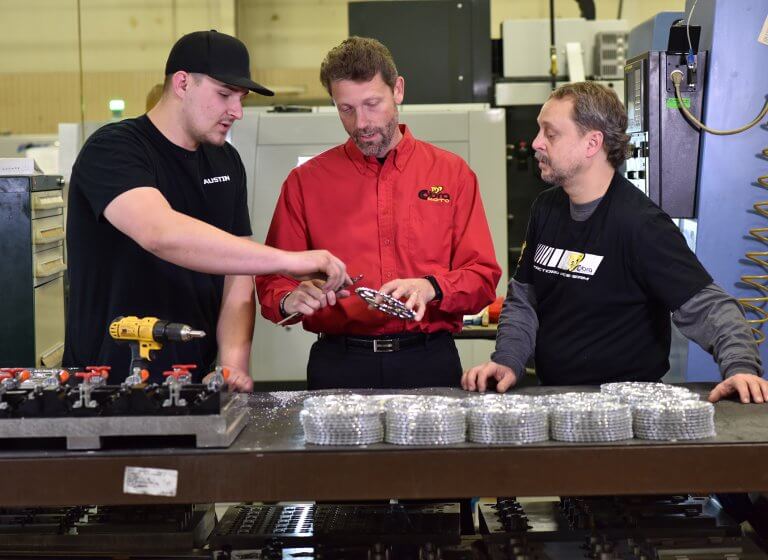By Rick Barker, CPE, CSP, Principal Solutions Strategist
Technological advances in MSD risk assessments, like the sensorless computer vision (motion capture) found in VelocityEHS Industrial Ergonomics, enable ergonomics team members to perform accurate assessments in minutes instead of hours. Today’s technology-aided assessments allow non-experts to evaluate jobs with a level of detail formerly reserved for experienced ergonomics professionals, and ergonomics teams to provide better accuracy and consistency when quantifying risk exposure in manufacturing environments.
MSD risk assessment, however, is just a tool that supports the goal of ergonomics—improving the fit between the person and the work. Better, faster risk assessment tools don’t change the need to learn about the job from the person who does the job. If anything, the advances in technology provide ergonomics assessors with more time to ask the operator about their job.
For those familiar with kaizen and lean methodologies, this is gemba; go to where the work is done, observe, and listen to the people who do the work. At VelocityEHS, we say that asking the operator is really asking the expert. This isn’t a cute saying to help people feel good about participating in the job improvement process; it is a foundational truth. The person doing the job often has thousands of hours of experience with that job and understands it in ways that no manager or engineer can. We need that expertise to understand the problem. Before a problem can be fixed, it has to be well understood.
Failing to sufficiently understand the problem can result in conducting your ergonomics assessment on the wrong tasks and implementing the wrong solutions. The highest risk exposures may not occur during the standard work cycle, but you may not learn that if you don’t take sufficient time to listen to the person doing the job.
Ask the operator probing questions like:
- How are parts restocked in the bins? What happens if the material handler falls behind?
- What happens when the machine jams?
- What happens when parts are out of spec?
- Are some product variations more difficult than others? Why?
- If I could do one part of your job for you all day, what would it be? Why?
- What solutions didn’t work in the past? Why?
- What is the most physically demanding part of your job?
The most important questions are the ones that come from actively listening to the operator. Asking questions isn’t about filling out answers on a form; it is about unlocking an expert’s understanding of the process. Their knowledge will help you do ergonomics better.
Asking the operator, and listening to their responses, has additional benefits, like ensuring you understand the problem.
Involving manufacturing workers early in the ergonomics process will:
- increase employee engagement,
- improve the quality of your proposed improvements, and
- increase the likelihood that people will accept changes in their jobs because they were involved in the process (you can increase that chance even more by also involving operators in the solution development process).
An ergonomics assessment shouldn’t be a task to check off your to-do list. It should be a human experience, a mutually beneficial interaction to improve the well-being of your colleagues. Despite all of the technical advances in ergonomics assessments, there isn’t a substitute for engaging the person doing the job in the job improvement process.
For more tips about how to engage workers and sustain the ergonomics process for manufacturing, read this blog post: Workers Are the Experts: Utilizing Participatory Ergonomics.
